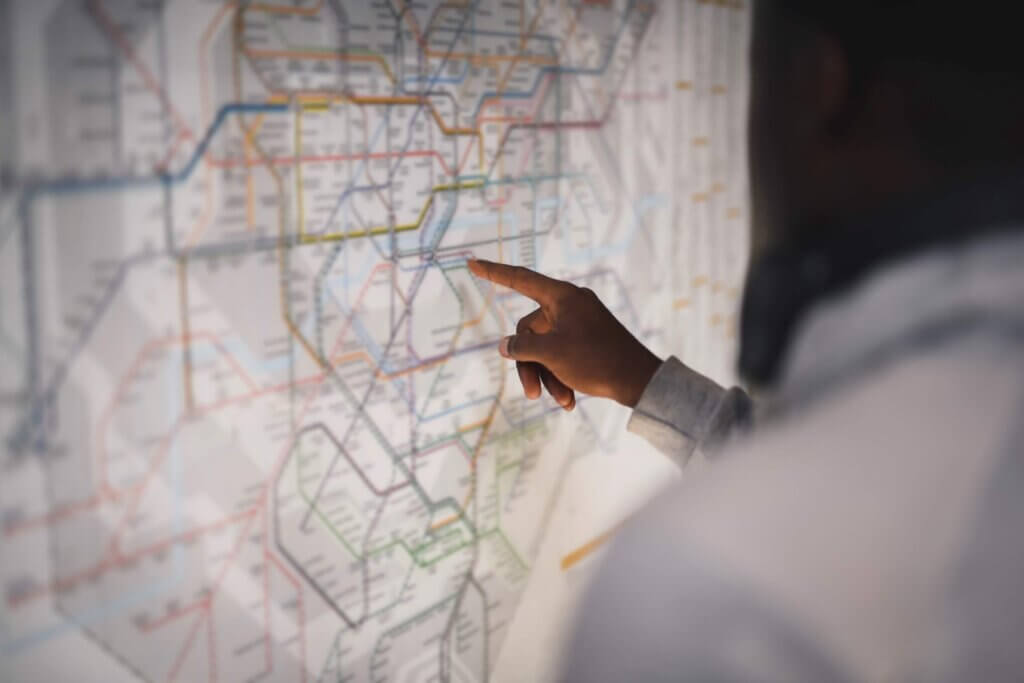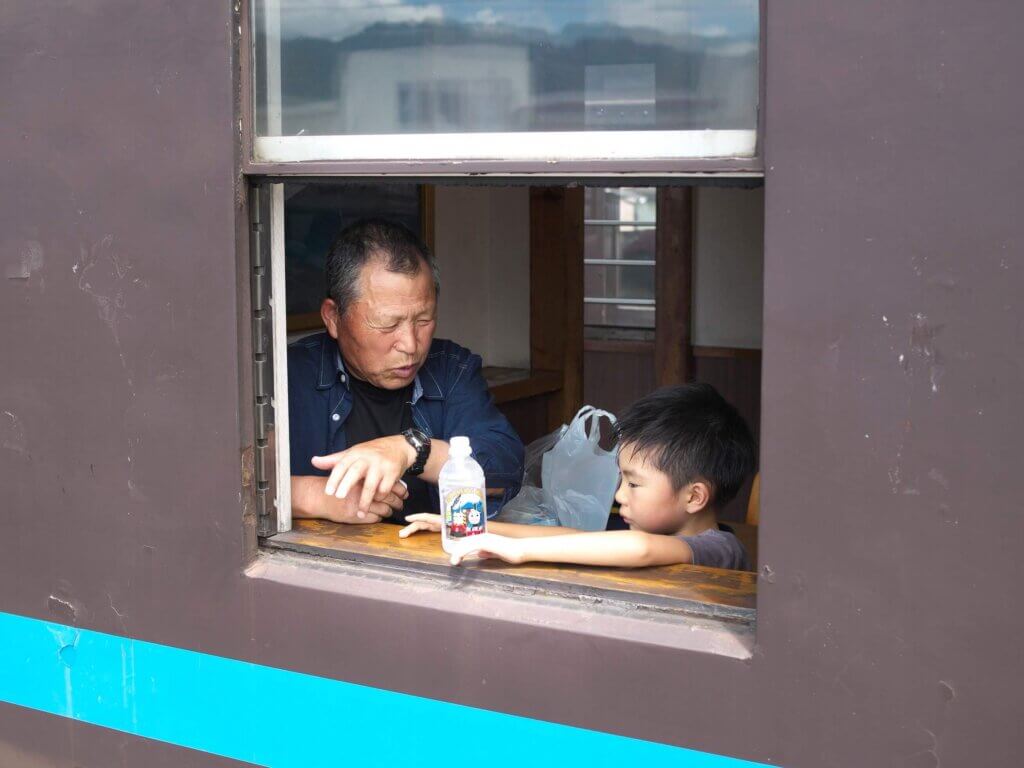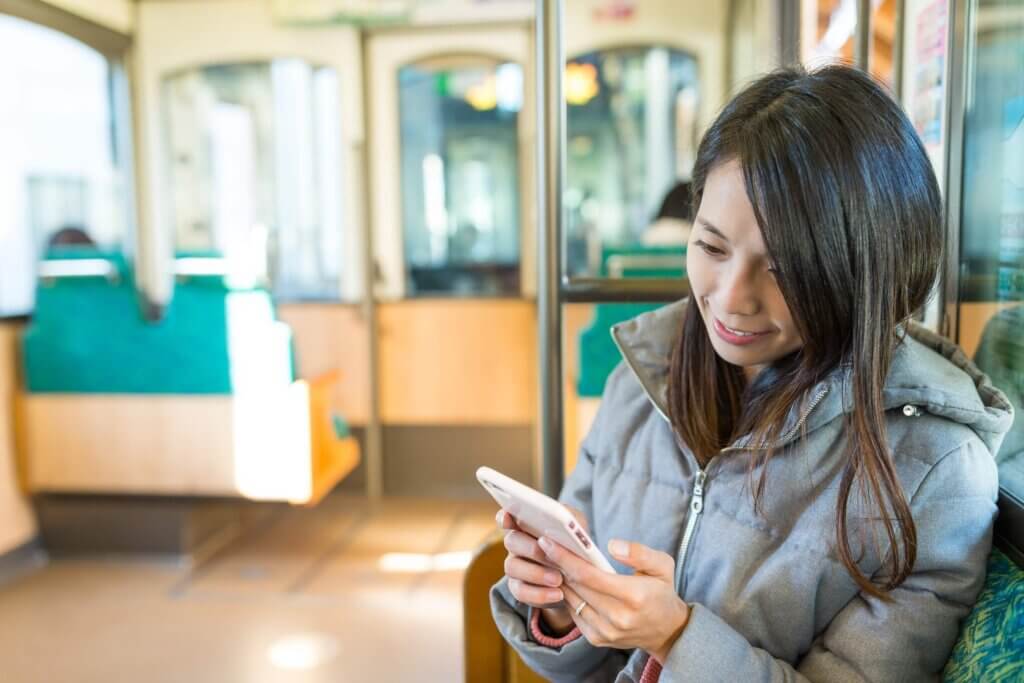
Japan Railroad: What can we learn from the Japanese?
Japan's rail network has a fundamental difference from the rest of the world's rail networks, it is privatized. This difference changes its entire history and how it has developed, acting in an incisive way so that the railroads in Japan not only continue, but also adapt to the future. Being a highly developed country, the railroads there have gone through similar events to the rest of the world.
Content Index
Railroad history in Japan

A história das ferrovias no Japão é feita tanto de processos que foram comuns a outros países com linhas ferroviárias, quanto de processos singulares que fazem ela ser destacada de outros sistemas. Ela começa como os Estados Unidos e a Europa, construindo linhas ferroviárias independentes e privadas durante o curso do século XIX, até ser tomada pelo Estado no século XX. Ao fim da Segunda Guerra, foi tomada a direção contrária do resto do mundo, enquanto a maioria dos governos continuava a se adaptar e organizar suas ferrovias, o Japão decidiu dar o controle de suas ferrovias e estações públicas para empresas privadas. Essa tática, que evoluiu conforme o tempo chegando até mesmo a ser adaptada em um grande grupo de empresas privadas (conhecidas desde 1987 como Japan Railroads), foi a chave para que o país se destacasse em desempenho com suas próprias malhas ferroviárias.
This success story is far beyond a stroke of luck, as the country proved that the success of the rail network in Japan lay precisely in the organization and well-applied logistics. Because, despite Japan being a developed country, it went through major financial, economic and humanitarian crises. Crises that several other developed countries also went through and even so they didn't know how to coordinate so that it was something that would give support to the country.
By establishing a helping relationship with private companies beyond financing, giving them control of public transport, the State can prevail and develop a system that today surpasses anyone in the world in terms of transporting people.
Privatization system that worked

Much of the rail network in Japan is used to transport people. With an intensive system of construction of stations, platforms and tracks, the entire Japanese railroad sector is not only controlled by private companies, but also built and supported by them.
A large part of the Japanese railroad network is used for the transport of people. With an intensive system of construction of stations, platforms and roads, the entire Japanese railroad sector on the ground is controlled by private companies, which are also built and supported by them.
The Shinkansen, which we will see separately later, is a classic example of this, having been built with a network from Hokkaido to Tokyo with private companies, through the support of the State, which was interested in building the first bullet train in the country to bullet train of people at the 1964 Olympics.
Japan rail network: Cargo transport by rail
A Japan Freight Railroad Company é a empresa responsável pela malha ferroviária no Japão que transporta as cargas. Sendo a única das sete empresas que compõem o conglomerado que controla a malha ferroviária no Japão, ela chega a ser responsável por 99% do transporte de carga por ferrovias.
Despite having a long and impressive track record of railroads, freight transport is not the country's main focus, as the island composition of the local geography forces freight to be transported largely by boat.
Perhaps, with the greater connection provided by the railroads over the years, the railroad network in Japan adapts to an even wider system and can thus also assume responsibility for the transport of cargo in the country. Despite not having a great history with the production of minerals, for example, who knows what could come from the faithful support of trains within the country.
Shinkansen
Shinkansen, also known asbullet train", were designed and made in Japan and are still produced today. Built to support the Summer Olympics in Tokyo in 1964, the first was made with a purpose that continues to this day, to control the timetable of the lines and remain punctual despite the large number of people transported.
With delays recorded in just a few seconds, one of the most impressive features of the Shinkansen is the fact that they are also high-security trains. With meshes built exclusively for them and their particular characteristics, trains are also able to adapt to even more efficient measures of speed.
They are unique symbols of a country that demonstrates how it is possible to remain within a solid base of security and punctuality, and still keep the development process going.

Conclusion: Japan rail network
As demonstrated, what the rail network in Japan demonstrates is that development opportunities only become possible through a conversation between the public and private sector. By differentiating itself from the rest of the world, including the countries with the largest railroad lines in the world (the United States and China), Japan was able to give its companies a part of the public transport system and make it an evolution that affected its entire economic organization.
With the objective of continuing to expand its rail network, Japan sees in the future of the country increasingly access from everywhere to everyone at any time, and who knows, with the expansion of this sector, other profits will come from this through the expansion of transport of charge.
Searchs:
https://www.transtrilhos.com/2014/10/trens-de-cargas-no-japao.html
http://japaocustomizado.blogspot.com/2017/08/malha-ferroviaria-na-grande-tokyo.html












